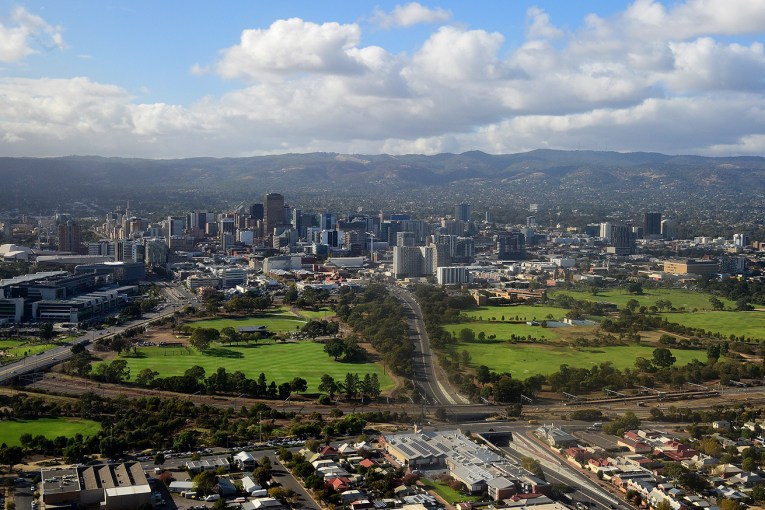Unemployment to rise, says RBA
The Reserve Bank has highlighted the uncertainty surrounding its expectations for the unemployment rate and, as a result, the sensitivity of the interest rate outlook to new economic data.
• Hockey vs Stevens: who has the real power
• Why the rate cut exposes Abbott’s bigger mistakes
One of the reasons the RBA gave for its interest rate cut on Tuesday was the bleaker outlook for unemployment.
The RBA reiterated that dreary view on Friday in its quarterly Statement on Monetary Policy.
“The unemployment rate is now expected to rise a little further and peak a little later than expected,” the RBA said.
But, it added an important qualification: “… although there is a degree of uncertainty around this forecast”.
And even seasoned economists might be surprised at just how big that degree of uncertainty is.
The RBA is coy, not putting a precise number of the jobless rate, but a graph on the second-last page of the 78-page statement, tells the story.
The chart shows the jobless rate – 6.1 per cent at last measure in December, edging up to around 6.3 or maybe 6.4 per cent before peaking in late 2015 or early 2016. It, clearly, is not designed to be helpful in pinning down the number with any precision.
But that’s probably as good a guess as anyone’s at the moment.
However, the RBA has estimated confidence intervals, based on its own forecasting experience.
So, while the jobless rate is forecast – according to the graph – to be nearly back down to six per cent by mid-2017, the chart shows that the RBA thinks there’s only a seven in 10 chance it will actually be in the range of a little over five per cent to a little under 7.5 per cent at that time.
To have a nine in 10 chance of getting it right, the RBA’s confidence interval has to be extended to, roughly, four per cent to a bit over eight per cent.
While this is a refreshing acknowledgment of the imprecision of economic forecasting, it’s also a reminder that the path of monetary policy is very “data dependent”.
The RBA switched its view on rates between December and February, because “over recent months there have been fewer indications of a near-term strengthening in growth than previous forecasts would have implied”.
In other words, the stream of economic data told the RBA that its forecasts – as many private sector economists had already concluded – were overly ambitious.
The RBA’s discussion of the uncertainty around its unemployment forecasts is a reminder than new information could just as easily shift the outlook for interest rates again, either toward more aggressive cuts, or a reversion to its earlier “period of stability”.
Next week’s January jobs data will be the first major milestone on that journey.








